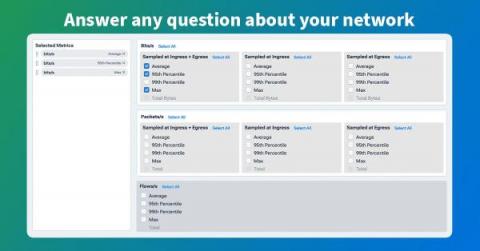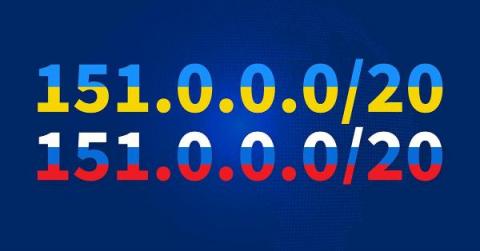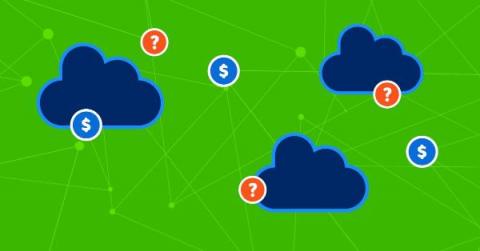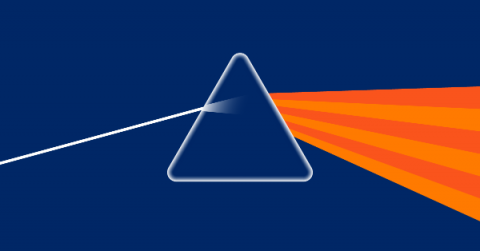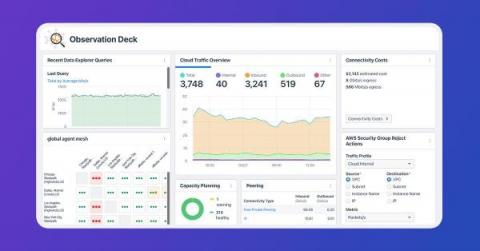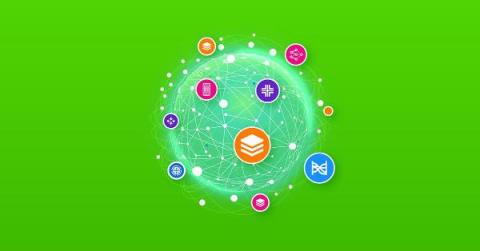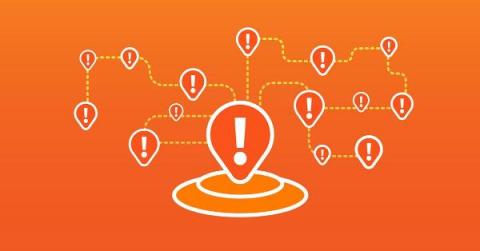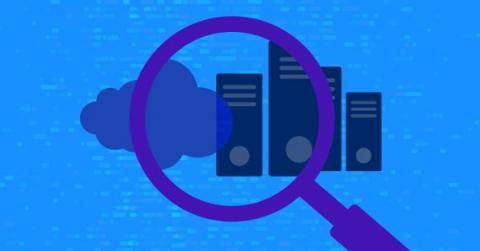Exploring Your Network Data With Kentik Data Explorer
A cornerstone of network observability is the ability to ask any question of your network. That means having an unbound capacity to explore the tremendous amount and variety of network telemetry you collect. It means seeing trends and patterns from a macro level, but it also means getting very granular to pursue any line of analysis of your data. Collecting information from flow records, SNMP, streaming telemetry, BGP, eBPF, and so on is indeed very important.


